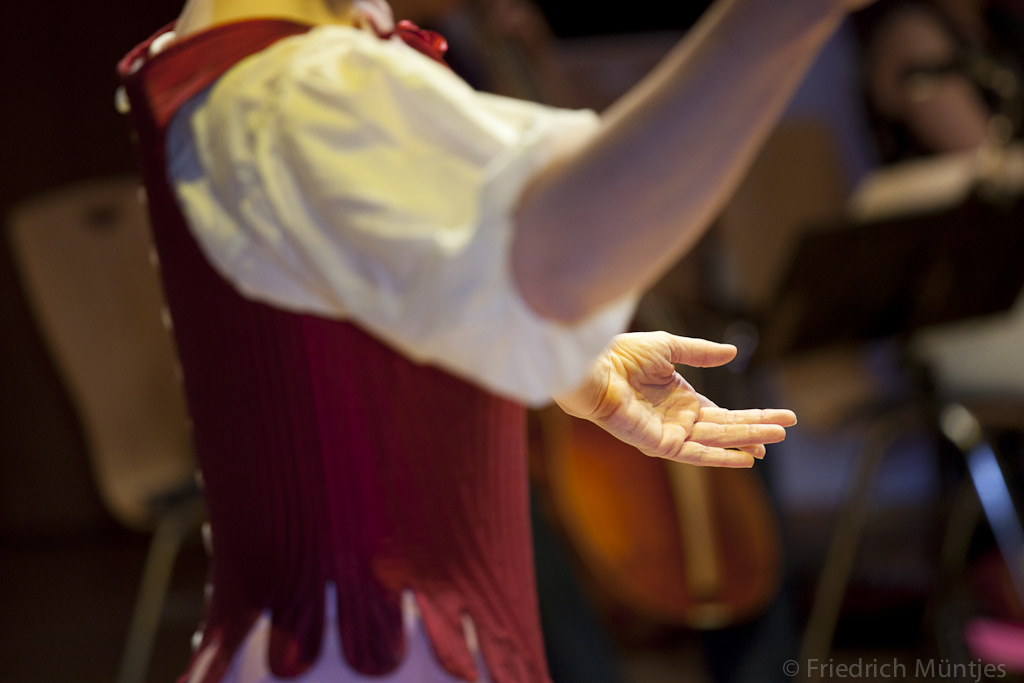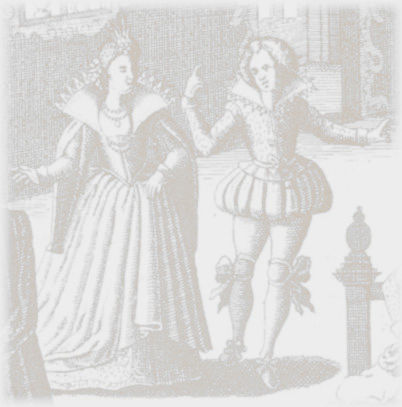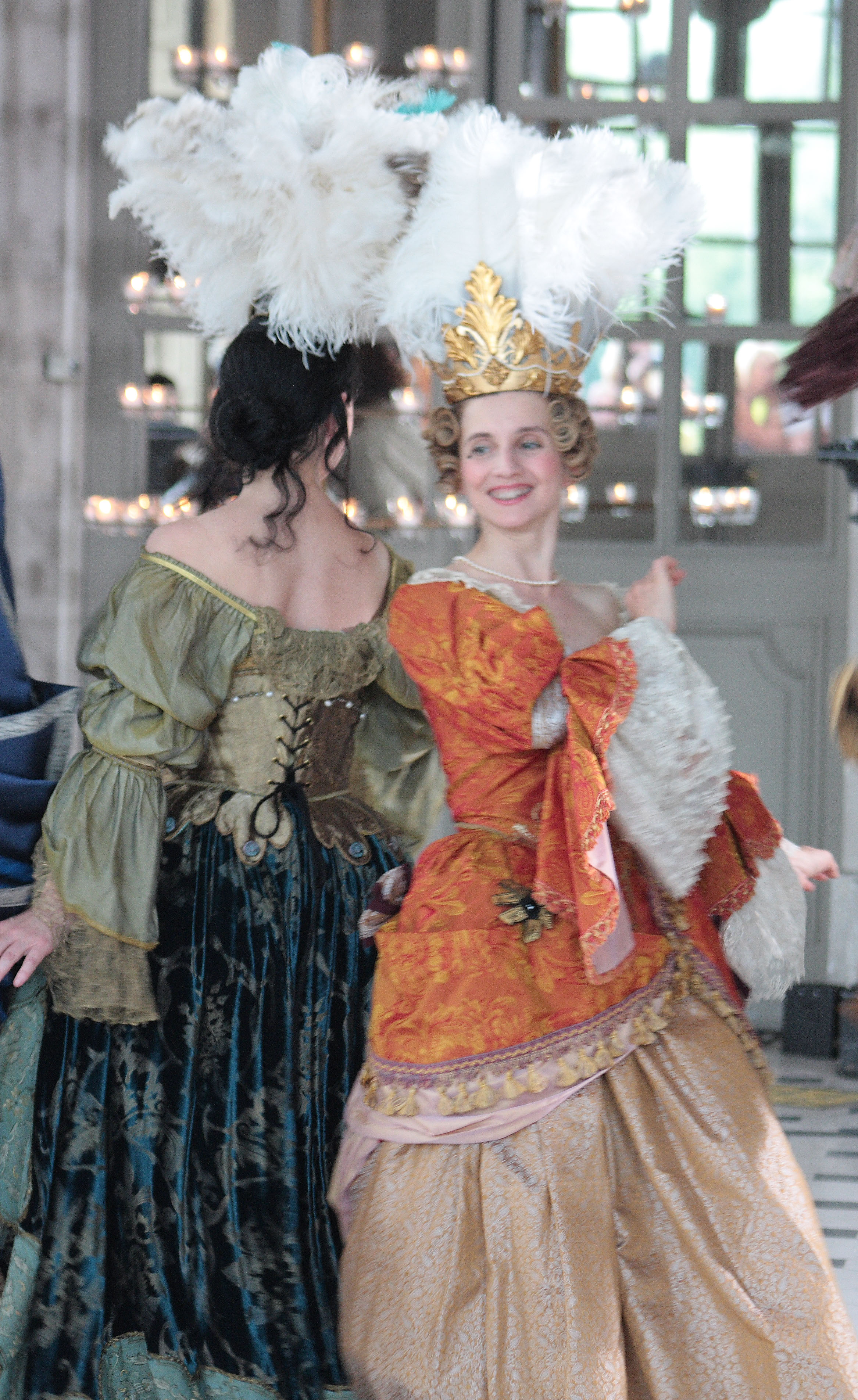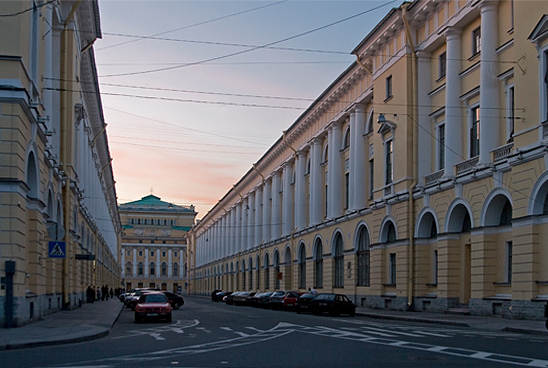
Versailles, die glänzende Residenz des Sonnenkönigs Ludwig XIV., - mit seinen endlosen Kolonnaden, kerzenerleuchteten Zimmerfluchten und spiegelgeschmückten Prachtsälen die Verkörperung des Barocks schlechthin - wäre ohne Musik und Tanz nicht vorstellbar gewesen. Kein prunkvolles Fest, keine intime Abendgesellschaft ohne Menuette, Bourrées, Sarabanden und Contredanses. Mal heiter ausgelassen, mal ernst und leidenschaftlich repräsentierte dieser elegante Stil die ganze Bandbreite barocken Lebensgefühls im Ballsaal und auf der Bühne.


